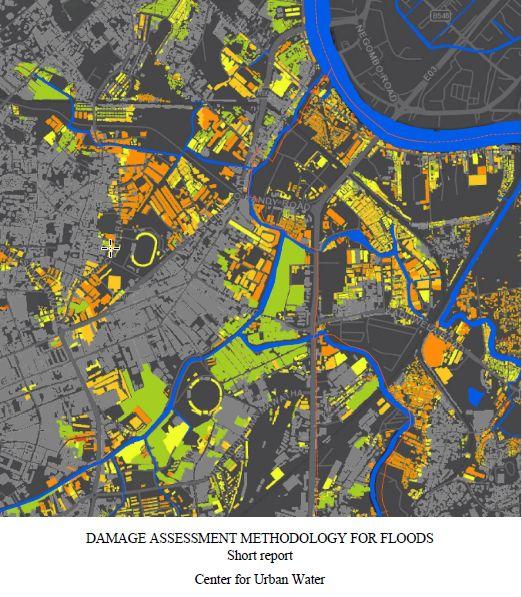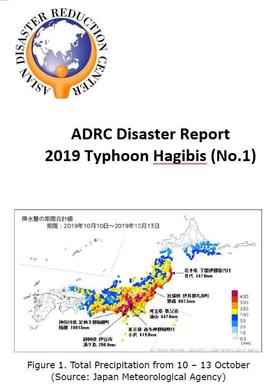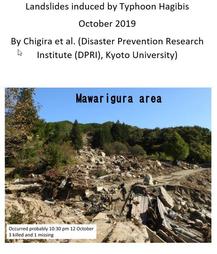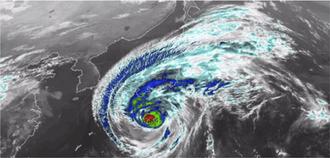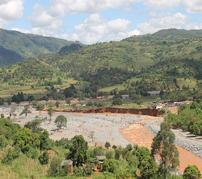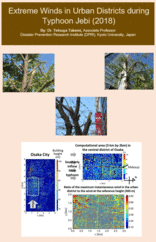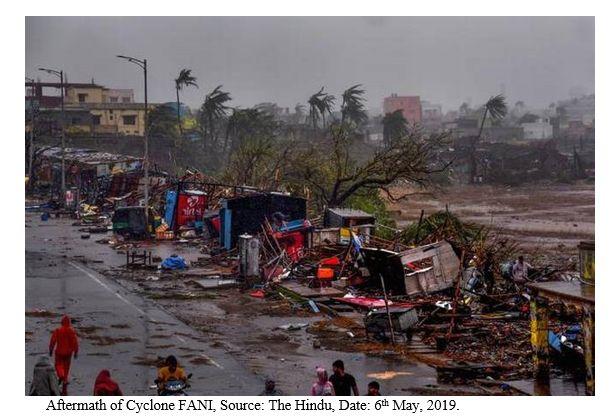- Home
- About
- Events
- Members
- About Members
- Member Institutes
- Algeria
- Argentina
- Australia
- Austria
- Bangladesh
- Brazil
- Bulgaria
- Canada
- China, People's Republic of
- Colombia
- Ecuador
- Egypt
- European Commission
- France
- Germany
- Ghana
- Hong Kong (People's Republic of China)
- India
- Indonesia
- Iran (Islamic Republic of)
- Israel
- Italy
- Japan
- Korea, Republic of
- Lao PDR
- Malaysia
- Mexico
- Morocco
- Nepal
- New Zealand
- Oman
- Phillippines
- Slovakia
- South Africa
- Sri Lanka
- Sudan
- Sweden
- Switzerland
- Chinese Taipei
- Thailand
- Turkey
- United Kingdom
- United States
- Vietnam
- Zimbabwe
- Membership
- Activities
- Resources
- GADRI Archives
There are more types of damages that can be seen in a disaster, which are not easily captured by a physical property, such as the value of a (lost) human life and the extent of a disease outbreak which is due to the cascading effect of the flood event.
Currently, CUrW adopts damage functions prepared for the structural damages and the content damages, which were prepared based on the field surveys carried out by the internal staff of CUrW, in order to calculate the respective damages. At the same time, CUrW seeks opportunities to develop relevant damage curves for the other types of the damage categories (mentioned under Introduction and the structure of the report), through possible partnerships, methodologies and workarounds.
This report will explain the methods adopted by the Centre for Urban Water (CUrW) for the loss estimations for the simulated past and future flood scenarios.
Click the image to view the full report.
On 12 October 2019, a large and powerful typhoon, Hagibis, locally named as Typhoon No.19 made a landfall in Shizuoka Prefecture, about 100 km southwest of Tokyo, passing through eastern and north-eastern regions until early morning of 13 October. Central and northern parts of the country were severely affected by strong winds and heavy rainfall and subsequent floods and geohazards.
From 24 to 25 October 2019, low pressure passed through western, eastern and northern regions along the Pacific coast, bringing another heavy rainfall in the Pacific coast of Kanto and Tohoku regions, especially Chiba and Fukushima Prefectures. The rainfall resulted in floods and geohazards again, causing human and physical damages to the typhoon-hit areas.
Click on the report to view the full report.
- Typhoon Hagibis crossed the Japanese Islands from 12 to 13, October 2019, and brought record‐breaking rainfall and strong wind.
- This typhoon induced river floods and landslides in eastern Japan and caused tremendous damage with 93 fatalities and 3 missing.
- This paper reports the characteristics of 3 fatal landslide areas, referring to the possibility of their prediction.
By Chigira et al. (Disaster Prevention Research Institute, Kyoto University)
Click on the image to read the full report.
Prof. Khalid Mosalam, Director, Pacific Earthquake Engineering Research (PEER) Center, University of California, Berkeley, USA shares a copy of the Event Briefing by their team on typhoon Hagibis and the Earthquake that took place on 12 October 2019.
Click on the image to view the full report.
Photo from the main report - Figure 2: Typhoon Hagibis as it approached Japan
from the South (Source: AccuWeather, 2019)
Prof. Khalid Mosalam, Director, Pacific Earthquake Engineering Research (PEER) Center, University of California, Berkeley shares a copy of the Preliminary Virtual Reconnaissance Report (PVRR) by their team on Hurricane Dorian which made landfall on 1 September 2019.
Click on the image to view the full report.
Prof. Khalid Mosalam, Director, Pacific Earthquake Engineering Research (PEER) Center, University of California, Berkeley shares a copy of the Virtual Assessment Structural Team (VAST) report by their team on the Ridgecrest, CA Earthquake which occurred on 4 July 2019.
Click on the image to view the full report.
Photo from the main report - Damaged mobile home in Ridgecrest, CA during the M 6.4 earthquake. Photo by Darla A. Baker / The Californian.
A report on the Topical Cyclone Idai - Lessons learned and the way forward for Africa Alliance for Disaster Research Institutions (AADRI) report is shared by Prof. Desmond Manatsa, Chair, AADRI; and Dean of the Faculty of Science and Engineering, Bindura University of Science, Zimbabwe.
The tropical cyclone Idai hit Zimbabwe on 14th March 2019.
Click on the image to view the full report.
The Centurion University of Technology and Management, Ramachandrapur, India shared the following disaster report on the aftermath of cyclone Fani that affected Odisha, India on 3 May 2019. The report was prepared by Assistant Professor Ms. Payal Nayak, School of Climate and Disaster Studies (SCDS).
The report that follows is based on news media reports in English language newspapers, JMA and USGS reports and NHK World television. In some cases, these reports cite city and prefectural government reports in the affected region and others are based on the observations of reporters on site. The report is divided into sections based on topic.
[ 28 April 2016 ]
The National Science and Technology Center for Disaster Reduction (NCDR) has shared a report of the 6.4 magnitude earthquake that struck southern Taiwan on Friday, 10 February 2016 with the Global Alliance of Disaster Research Institutes (GADRI).
[ 01 March 2016 ]

